B&N Sci-Fi & Fantasy Blog on the Best Science Fiction & Fantasy Books of 2017 So Far
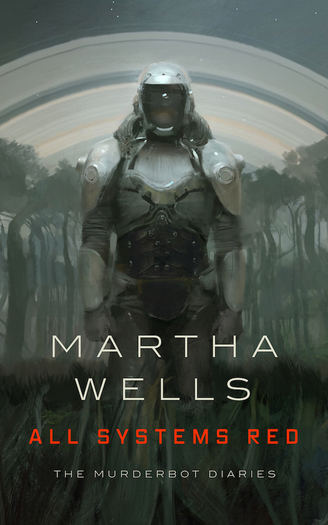 |
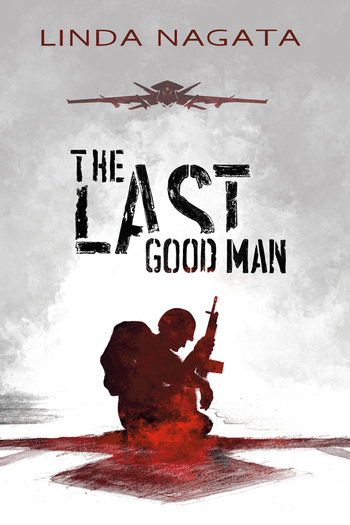 |
 |
Over at the Barnes & Noble Sci-Fi & Fantasy Blog, Joel Cunningham has taken on the big job of cataloging the best books of the year so far. His list includes a whopping 25 titles… which may be more books than I’ve read this year. There’s some terrific stuff on his list, so let’s get to it.
All Systems Red: The Murderbot Diaries, by Martha Wells
Veteran fantasist Wells proves her sure hand at sci-fi as she imagines a future dominated by corporations, in which the twin imperatives of bureaucratic adherence to policies and the need to award all contracts to the lowest bidder result in every planetary mission being required to be accompanied by a company-supplied SecUnit, an artificially intelligent android built from cheap parts, and as likely to malfunction as all of the other shoddy equipment the expeditions are counting on to, oh, keep them breathing. The SecUnit narrating the story has hacked its own Governor Module, attaining sentience and free will; it would despise the humans it protects if it didn’t find them so boring, but it nevertheless refers to itself as Murderbot. When its humans are attacked by something outside of the experience provided by its data banks, however, Murderbot must turn its prickly, near-omniscient mind towards not just the survival of its humans, but itself. This slim read is both surprisingly funny and packed with intriguing future worldbuilding — all the more reason to celebrate the three planned sequels that will continue Murderbot’s adventures. Read our review.
All Systems Red was published by Tor.com on May 2, 2017. It is 160 pages, priced at $14.99 in trade paperback and $3.99 for the digital edition. The cover is by Jamie Jones. Read an excerpt at Tor.com.
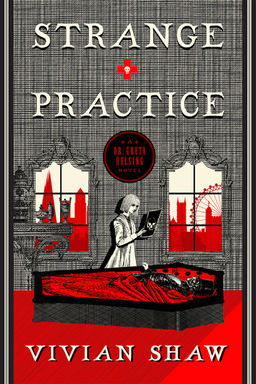
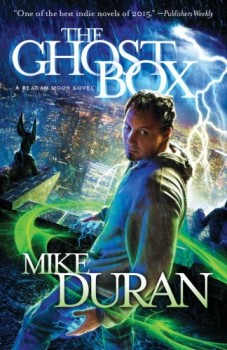
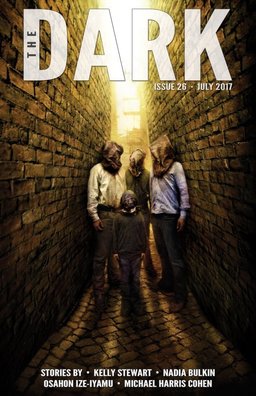
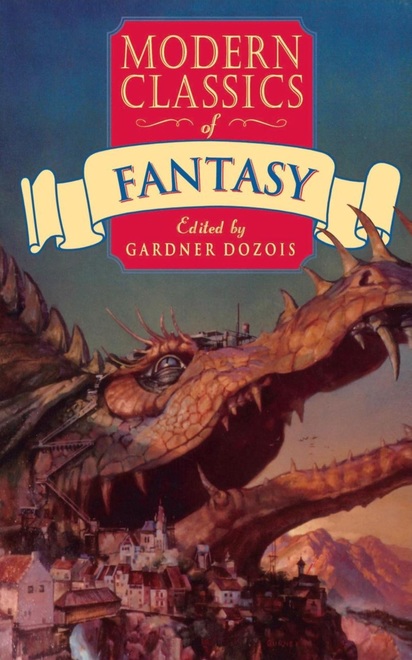
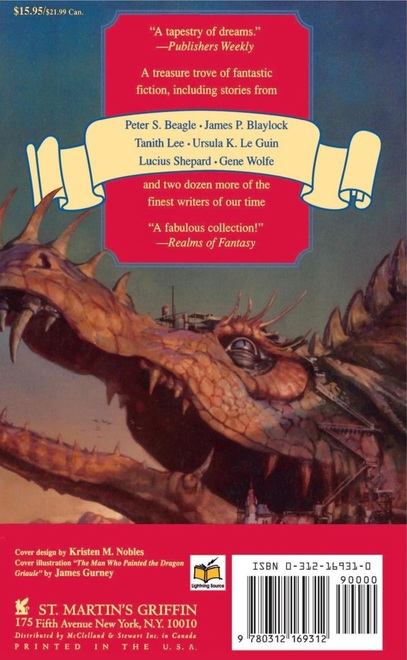
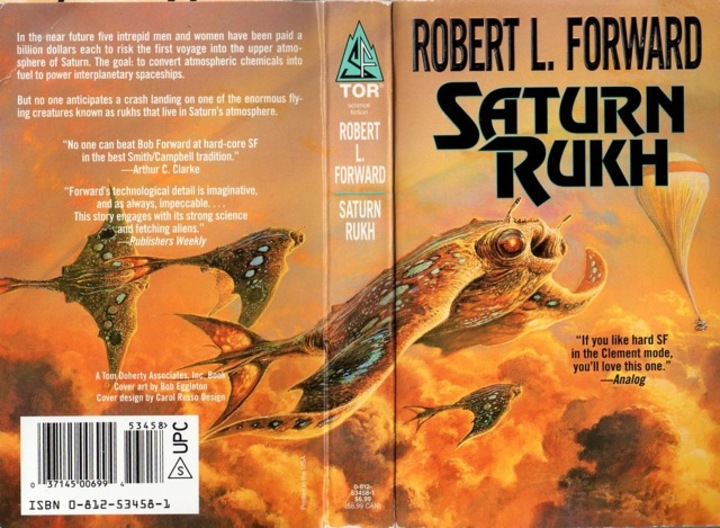
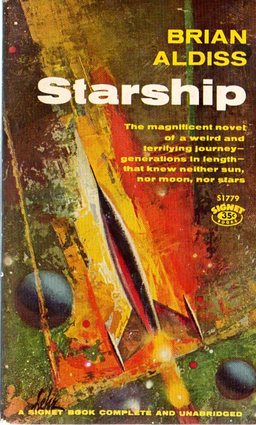
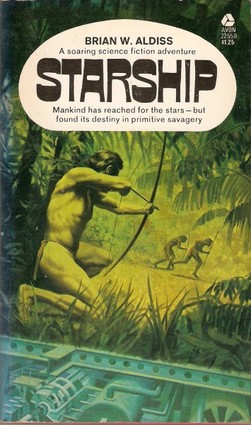
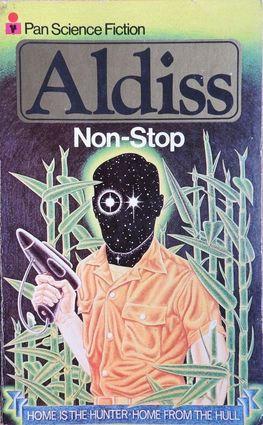
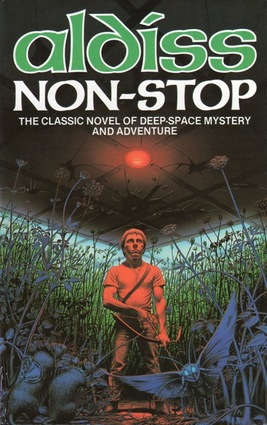
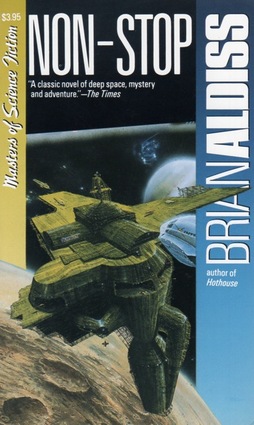
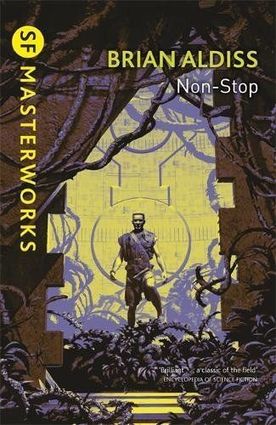

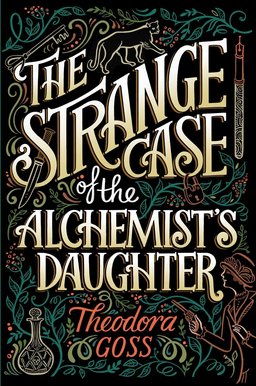
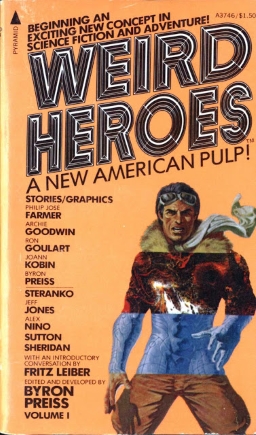 Weird Heroes was a series of eight books put out by Byron Preiss Visual Publications from 1975 through 1977, a copiously-illustrated mix of novels and short stories that aimed at creating a new kind of pulp fiction with new kinds of pulp heroes. The series had a specific set of ideals for its heroes, linked with an appreciative but not uncritical love of pulp fiction from the 1920s through 40s. Well-known creators from comics and science fiction contributed to the books, and one character would spawn a six-volume series of his own. And yet Preiss’ long-term plans for Weird Heroes were cut short with the eighth volume, and today it’s hard to find much discussion of the books online (though
Weird Heroes was a series of eight books put out by Byron Preiss Visual Publications from 1975 through 1977, a copiously-illustrated mix of novels and short stories that aimed at creating a new kind of pulp fiction with new kinds of pulp heroes. The series had a specific set of ideals for its heroes, linked with an appreciative but not uncritical love of pulp fiction from the 1920s through 40s. Well-known creators from comics and science fiction contributed to the books, and one character would spawn a six-volume series of his own. And yet Preiss’ long-term plans for Weird Heroes were cut short with the eighth volume, and today it’s hard to find much discussion of the books online (though